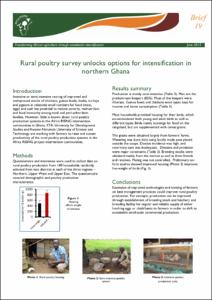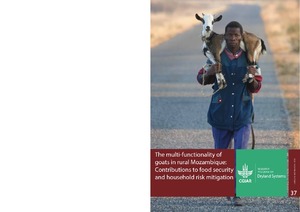How best to Respond to the Great Contempt shown by Africa’s Ruling Elites towards their own Small-Scale Farmers and Pastoralists?
Impossible to have imagined 50 years ago that Africa’s ruling political elites would have come to despise their own small-scale farmers and pastoralists and to look kindly on foreign-run large plantations. Impact of decades of structural adjustment programmes forgotten. Sceptical about claims that land grabs can be stopped within 3 years. Looks at variety of responses attempting to address power inequalities at local levels. Research a not unproblematic area. Concludes with case studies of legal empowerment in Mozambique and Namati’s community land protection programme.





